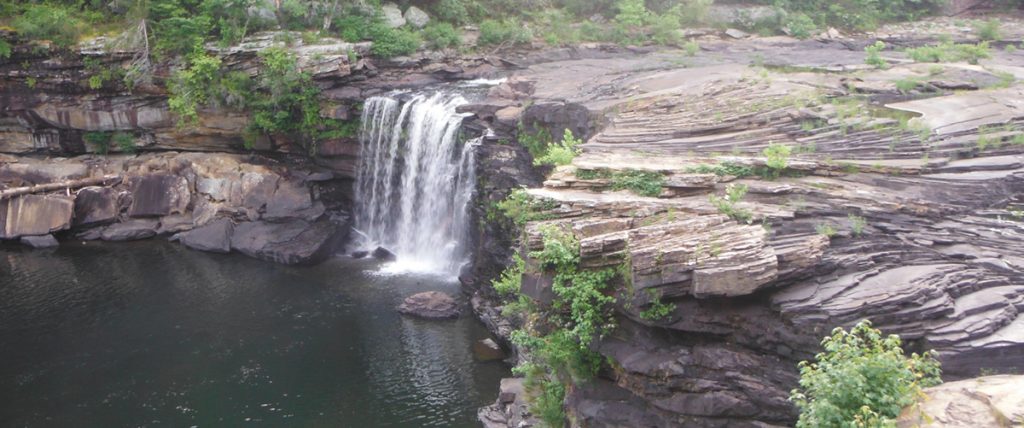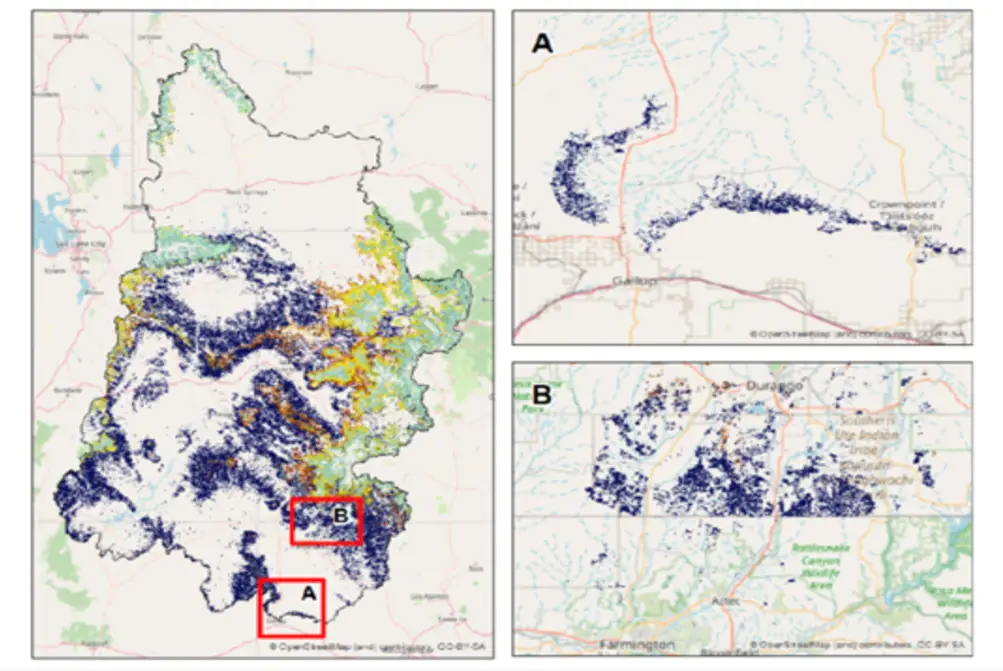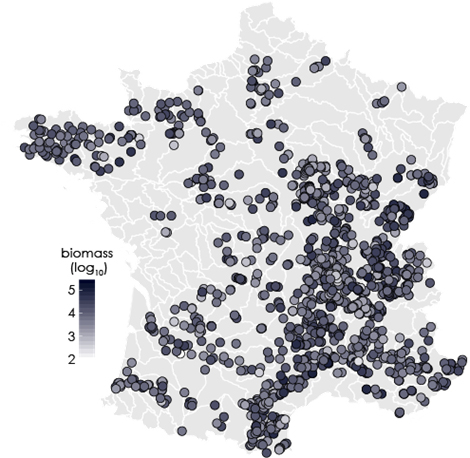The Conservation Science Group work on a wide range of research projects. Here we feature some current projects. Some projects are funded research programs involving teams of researchers from the group; others are designed and led by our students.
Funded Research Programs
Economists from the Conservation Science group are working with officials from the U.S Forest Service, USGS, and USDA as well as researchers from North Carolina State University and Duke University to develop the first set of forest natural capital accounts. National accounts have been used to document the wealth of countries across the world. However, these accounts are typically limited to a small set of goods and services produced from forest such as timber and tourism. This effort will attempt to expand the forest-based goods and services included in national accounts to include things like carbon sequestration, improvements in water quality, and management of surface water flows. Focusing on the Colorado River Basin, we show that deforestation has direct implications for the forest industry and indirect impacts on the economy through water treatment costs and carbon stock. 327,000 acres of forest are projected to be lost to development by 2100, representing a loss of 1.3 million tons of carbon stored in forests. The direct economic impacts associated with forest loss are estimated to be over $30 million, with $28 million of that coming directly from the value of lost carbon.
For more information about this project, contact: Charles Sims, cbsims@utk.edu.
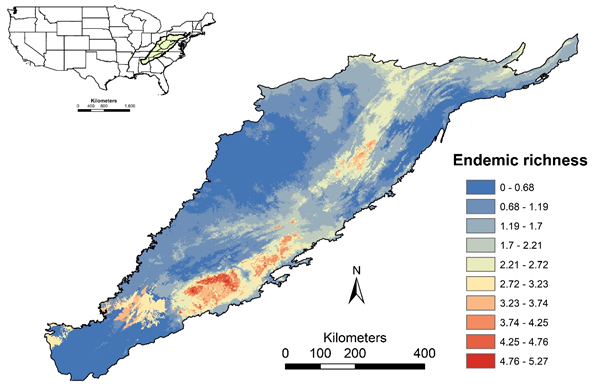
For more information about this project, contact: Paul Armsworth, p.armsworth@utk.edu
Biodiversity-ecosystem functioning (BEF) relationships are among the most well-studied in ecology. Generally, BEF research indicates that increasing local biodiversity has a positive effect on ecosystem functions (e.g., stability, biomass production) and indicates potential negative effects on ecosystem services from global change-induced biodiversity loss. However, the majority of BEF research derives from terrestrial systems at relatively small spatial scales.
A collaboration between the Giam Conservation Lab (UTK EEB) and French researchers provides a continental-scale analysis of BEF relationships in French stream fish communities. The study identifies that increasing fish biodiversity (species richness and functional diversity) drives community biomass production, after controlling for local environmental conditions. These results indicate that additional anthropogenic stressors may negatively impact aquatic ecosystem functioning in this system.
Woods T, Comte L, Tedesco P, and Giam X (accepted). Testing the diversity-biomass relationship in riverine fish communities. Global Ecology and Biogeography.
A team of population ecologists from the Conservation Science group is working on understanding why endemic plant species do not expand beyond their range limits in West Africa, They are using several species including a perennial herb, Thunbergia atacorensis, and a cycad, Encephalartos barteri, to test the mediating role of biotic interactions. In addition, these ecologists are also creating some of the longest and detailed tropical plant demographic datasets to investigating the role of humans in shaping the long-term population dynamics and risk of extinction of tree species that provide valuable ecosystem services in Africa.
For more information about this project, contact: Orou Gaoue, ogaoue@utk.edu.
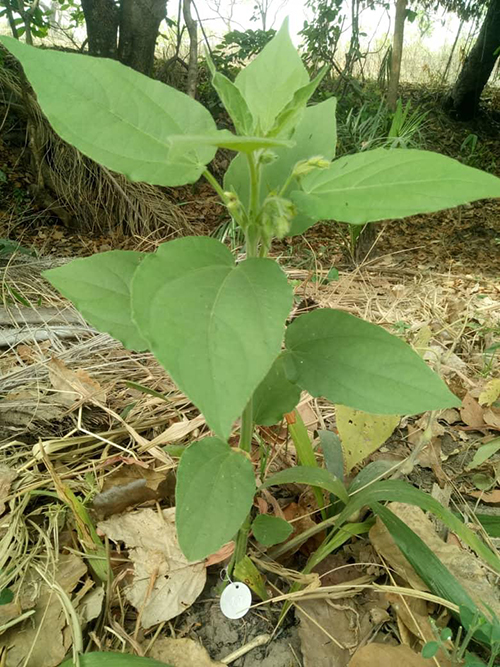
Thumbergia atacorensis

Encephalartos barteri
Student Team Projects
As part of our newly created Environmental Science and Policy Practicum course, teams of graduate student’s design projects that address current issues of regional science and policy concern. Projects reports are given below.
As part of our newly created Environmental Science and Policy Practicum course, teams of graduate students design projects that address current issues of regional science and policy concern. Our first cohort of practicum students chose to describe and map surface water quality issues that affect the Knoxville urban area. They also developed a data pipeline and set of computer codes enabling others to replicate their efforts for water quality issues affecting other urban areas. The students’ report can be found here.
The environment is constantly changing, affecting the structure and function of ecosystems and impacting people’s quality of life. Different agencies within the state of Tennessee monitor and report environmental data, but there is no single, easy-to-use, centralized report summarizing the range of observations made. We describe the need for an integrated environmental report for the state. State of the environment reporting has been done at the national level, but is less common for states. However, a clear precedent for state-level reporting in Tennessee has been set by an influential annual report on the state of the state’s economy. We identify the steps necessary to synthesize a counterpart state of the Tennessee environment report. We also offer examples of the kind of environmental indicators it would be important for such a report to consider, presented in the form of an exemplar report. An annual state of the environment report will help Tennessee promote a sustainable and resilient future.
Wildlife management actions taken by state agencies and other organizations in U.S. states and territories are informed by State Wildlife Action Plans (SWAPs). These plans are updated at least once every 10 years. As part of the 2025 revision process for SWAPs undertaken by a number of states and territories in the Southeast, an interdisciplinary team of graduate students at the University of Tennessee assisted by contributing materials in partnership with state and federal agencies, including the USGS Southeast Climate Adaptation Science Center (SE CASC), Southeast Conservation Adaptation Strategy (SECAS). Students produced literature reviews and data summaries on the statuses and conservation needs for a variety of state-managed wildlife to highlight within a state’s specific SWAP. SWAP documents generally relate the findings of a broad range of peer-reviewed scientific literature to the specific needs of state wildlife agencies by summarizing relevant information on the conservation statuses of plants and animals. These documents play an important role in helping states and territories prioritize the threats that their species of greatest conservation need face and mitigate these threats through conservation projects. Importantly, states and territories vary in their species of greatest conservation need and conservation priorities, and some face unique conservation challenges that require very specific types of response. For example, Tennessee features a diverse set of freshwater mussel species of greatest conservation need that includes numerous endemic and endangered species. Graduate students were asked to support Tennessee’s SWAP by reviewing the climate impacts that challenge the unique life cycle of mussels, including pollution, change in water temperature, and decline of host fish species. Students also built an extensive table collating numerous vulnerability estimates that evaluate risk for mussels in the state in a changing world. When working to support the U.S. Virgin Islands, students were asked to review insect biodiversity and summarize existing literature on vulnerability and conservation approaches. Students identified the need for increased research on numerous insect groups. Baseline demographic information was found to be lacking for many insect species, and without these data it is difficult to proceed with targeted conservation projects. The students’ work also highlighted several at-risk butterfly species on which conservation practitioners can focus their efforts. Graduate students are now currently working on a literature review to support Alabama’s SWAP, focused this time on risk faced by native reptiles in that state. Participating in the production of SWAPs has provided a unique opportunity for UT graduate students to engage more deeply with state policies and learn about a collaborative conservation planning process.
